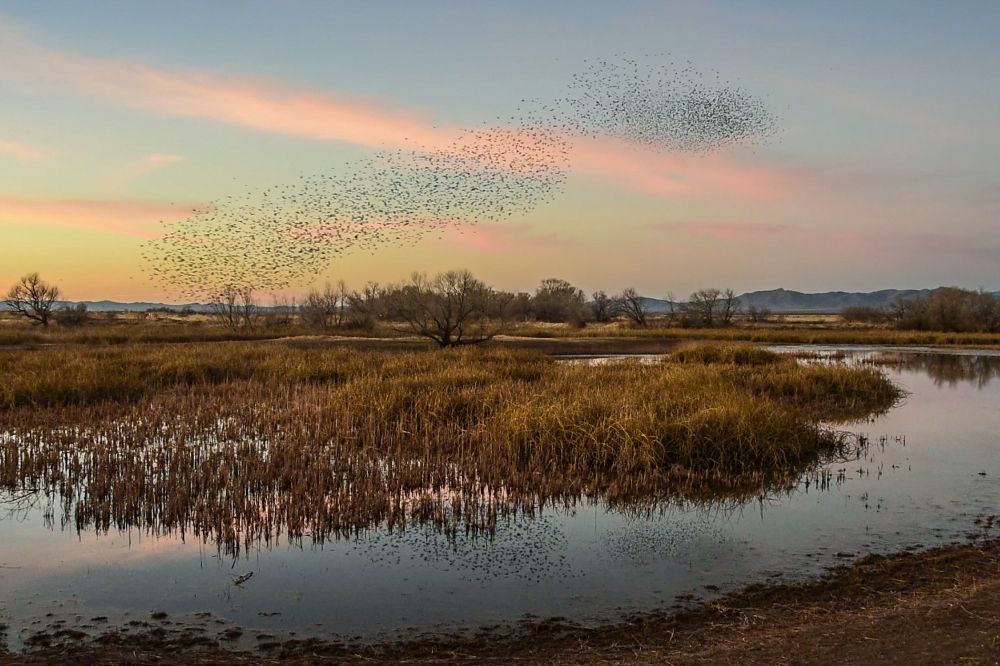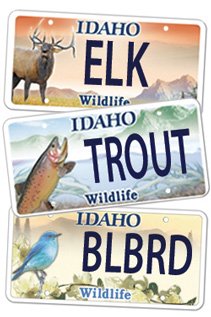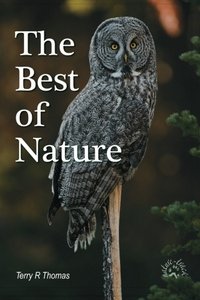Complex Networks in Nature

A complex network allows a flock of hundreds of blackbirds to act as a single organism as they move through the sky.
Fiber-optic internet is coming to our neighborhood. Wires have been run, boxes and junctions are in the ground and it seems all that is left is to throw the switch. This has been a long process involving many moving parts to connect us to a vast existing network of fiber optic lines that reach to who knows where. We are excited though, because this is going to be a game changer for our internet service.
Because of the internet, social networks, national power grids, airline scheduling and other wildly complex human systems, we tend to think that we invented complex networks. Well, as usual, Nature beat us to it and all we are doing is copying what Nature has already perfected.
I’ll admit up front that when I started to dive into this topic, I was pretty sure the articles I was reading were written in English, but I could hardly understand a word. I searched around, trying to find someone who would dumb it down enough for me to understand it. No luck. Let me show you what I mean. Here is a simplified definition of complex systems (which, by the way, is an entire discipline of study, like physics or chemistry): “Complex systems are networks made of a number of components that interact with each other, typically in a nonlinear fashion. Complex systems may arise and evolve through self-organization, such that they are neither completely regular nor completely random, permitting the development of emergent behavior at macroscopic scales.” Get it?
John Muir once said, "When we try to pick out anything by itself, we find it hitched to everything else in the Universe." That is often misquoted as something like: "When one tugs at a single thing in nature, he finds it attached to the rest of the world." Even though the second quote isn’t Muir’s, I still like it and I think it is a good starting point for introducing complex natural systems. It suggests that all things in the universe are interconnected, and that changes to one area can significantly impact others. This complexity has been described as “nature’s web”, but it is much more than a 2-dimensional web. Think of it as a sphere with connections running around, through and in every direction, and you might get closer.
Here are a few key points about complex systems that may help clarify what they are all about. First, they are about connections, just as the misquote says. This connectivity is non-random, meaning that there is a purpose to it and there are many connections between parts. The patterns are irregular (nonlinear in complex theory parlance) and there are often hubs that have many connections or, “highly connected nodes.” Having a few nodes with high connectivity is referred to as a scale free network where a new node will have a higher chance of connecting to an already highly connected node than a random node.
Finally, the interactions within a complex system are so advanced that they can “lead to unpredictable and complex behaviors at the system level, even if individual components have simple rules.“ In other words, the system becomes more than the sum of its parts; it may have its own purpose that none of the individual parts would recognize. For instance, termites in Africa build amazingly large and intricate structures, yet no single termite has a “blueprint” of what the structure should look like. They each do their own small duty, but in the end, the system pulls together to form the structure. Another example might be a car engine. Disassembled on the garage floor, it is just a bunch of metal parts. When assembled correctly though, the individual parts all do their specific job, but the result is a powerful engine that functions quite differently than any one of the individual parts might indicate.
A murmuration of starlings is another example of a complex system. Here, each individual bird is a “super node” with connections to seven or eight other birds. Each bird in a flock of sometimes thousands of birds is so connected. In this way, a bird only keeps track of its “connections” not the entire flock, yet the flock can act and react like a single organism (watch blackbirds do this at: https://youtu.be/Boivc3cHYd0 ).
There are so many examples of complex systems in Nature. Some of the most frequently cited include food webs, brain (neural) networks, species interactions, insect colonies, the circulatory system, metabolic activities, cellular activity, and bacterial communities. In a living creature, many of these systems also combine and interact, perhaps as a super-complex system to actually produce life.
Geez, this topic is giving me a headache. Clearly, while I am probably not a simpleton, I am not as complex as I should be.
Help Idaho Wildlife
When we traveled across the state in October 2017, we visited most of the Idaho Department of Fish and Game wildlife management areas. Most of the vehicles we saw using the wildlife management areas did not have wildlife plates. Buying wildlife plates is a great way for non-hunters and hunters alike to support wildlife-based recreation like birding.
C'mon folks, let's help Idaho's wildlife by proudly buying and displaying a wildlife license plate on each of our vehicles!
See below for information on Idaho plates. Most states have wildlife plates so if you live outside Idaho, check with your state's wildlife department or vehicle licensing division for availability of state wildlife plates where you live.
And tell them that you heard about it from Nature-track.com!

Wildlife License Plates
Great news! as of 2024, there are three NEW designs for license plates. They still are bluebird, cutthroat trout and elk, but they are beautiful.
Idaho Wildlife license plates provide essential funding that benefits the great diversity of native plants and wildlife that are not hunted, fished or trapped—over 10,000 species or 98% of Idaho’s species diversity. Game species that share the same habitats (such as elk, deer, antelope, sage-grouse, salmon, trout) also benefit from these specialty plates.
No state tax dollars are provided for wildlife diversity, conservation education and recreation programs. Neither are any revenues from the sale of hunting or fishing licenses spent on nongame species. Instead, these species depend on direct donations, federal grants, fundraising initiatives—and the Idaho Wildlife license plates.
Both my vehicles have Bluebird Plates. I prefer the bluebird because the nongame program gets 70 percent of the money from bluebird plates, but only 60 percent of the money from elk and trout plates - 10 percent of the money from elk plates supports wildlife disease monitoring and testing programs (to benefit the livestock industry) and 10 percent from cutthroat plates supports non-motorized boat access.
Incidentally, in 2014, the Idaho Legislature denied the Department of Fish and Game the ability to add new plates or even to change the name of the elk and cutthroat plates (very specific) to wildlife and fish plates, a move that would have allowed for changing images occasionally and generating more revenue. It would seem that they believe that we Idahoans don't want a well funded wildlife program.
I think it is time we let the Legislature know that Idahoan support wildlife funding and that we would like to see these generic plates come to fruition.

"WOW. What a phenomenal piece you wrote. You are amazing." Jennifer Jackson
That is embarrassing, but actually a fairly typical response to my nature essays. Since The Best of Nature is created from the very best of 16 years of these nature essays published weekly in the Idaho Falls Post Register (online readership 70,000), it is a fine read. It covers a wide variety of topics including humorous glimpses of nature, philosophy, natural history, and conservation. Readers praise the style, breadth of subject matter and my ability to communicate complex and emotional topics in a relaxed and understandable manner.
Everyone can find something to love in this book. From teenagers to octogenarians, from the coffee shop to the school room, these nature essays are widely read and enjoyed.
Some of the essays here are my personal favorites, others seemed to strike a chord with readers. Most have an important message or lesson that will resonate with you. They are written with a goal to simultaneously entertain and educate about the wonderful workings of nature. Some will make you laugh out loud and others will bring a tear to the eye and warm your heart.
Readers Write:
"You hit a home run with your article on, Big Questions in Nature. It should be required reading for everyone who has lost touch with nature...great job!" Joe Chapman
"We enjoyed your column, Bloom Where Planted. Some of the best writing yet. The Post Register is fortunate to have your weekly columns." Lou Griffin.
To read more and to order a copy, click here or get the Kindle version
Copies are also available at:
Post Register
Island Park Builders Supply (upstairs)
Barnes and Noble in Idaho Falls
Harriman State Park, Island Park
Museum of Idaho
Valley Books, Jackson Wyoming
Avocet Corner Bookstore, Bear River National Wildlife Refuge, Brigham City, Utah
Craters of the Moon National Monument Bookstore, Arco, Idaho